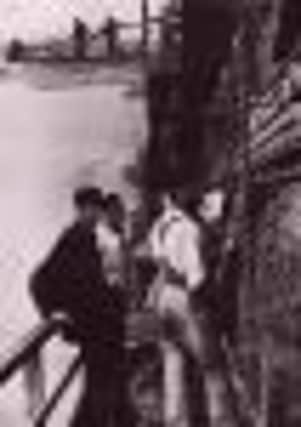Nostalgia: That just covers it


This week it was revealed that the painting of the Forth Bridge, a job that is famously never finished, was about to come to an end.
Network Rail said contractors will leave the iconic structure in December and will not need to paint it again for 25 years.
Advertisement
Hide AdAdvertisement
Hide AdThe whole process was sparked back in April 1995 when the News took a distinguished panel of experts to view the bridge. Their conclusions were that the bridge’s shabby and blackened state, with falling debris, was a disgrace – and that it was possible to paint the bridge so that job didn’t need to be repeated for 20 years. At the time, then owner Railtrack rejected their views, saying a paint job was merely “cosmetic” and so the Evening News campaign was born.


Then in March 1996, a government-ordered investigation by the Health and Safety Executive confirmed everything the News had claimed, that the bridge was seriously rusty and did need major repairs. In December 1997, Railtrack announced a £40 million spend to restore the bridge to its former glory, using North Sea-oil rig technology. Work had started in 1998 but ground to a halt in 2000. The then contractor Rigblast was taken off the job and it was 2002 before work began again.
The old paint – Craig & Rose’s Red Oxide of Iron which had been used for around 100 years – was blasted off and a new paint, a specialist glass flake epoxy paint used on oil rigs, was coated on. The bridge has been surrounded in scaffolding and white screening – white so that natural light would shine through for the workers – for almost a decade. The project has also included repairs. In 2005, the bridge was closed for eight days while some of the most complicated maintenance work was carried out.
The high-tech makeover is all a far cry from the construction of the bridge, which was completed in 1890, when at its height, 4000 men were employed and it was estimated one in ten suffered injuries. Painters, who spent a year covering the bridge’s 400,000 square metres, worked without protection or safety nets – as did the riggers and others as recently as the 1950s.